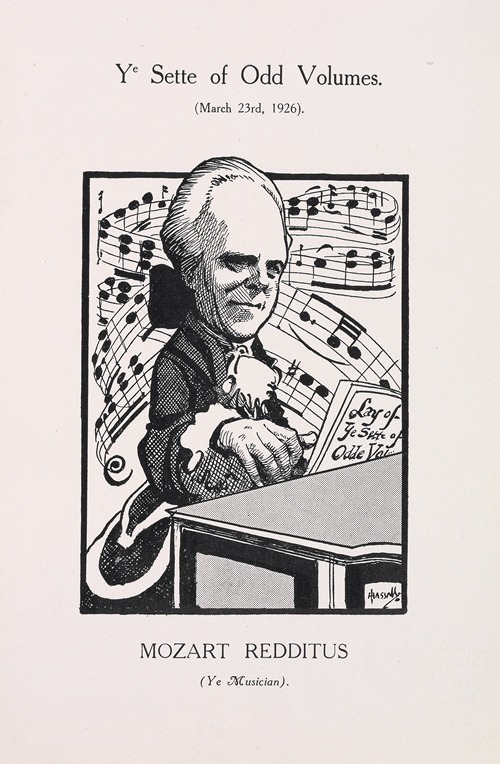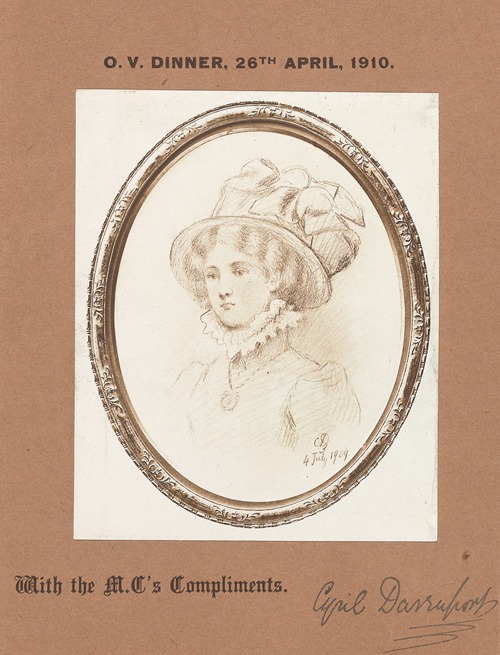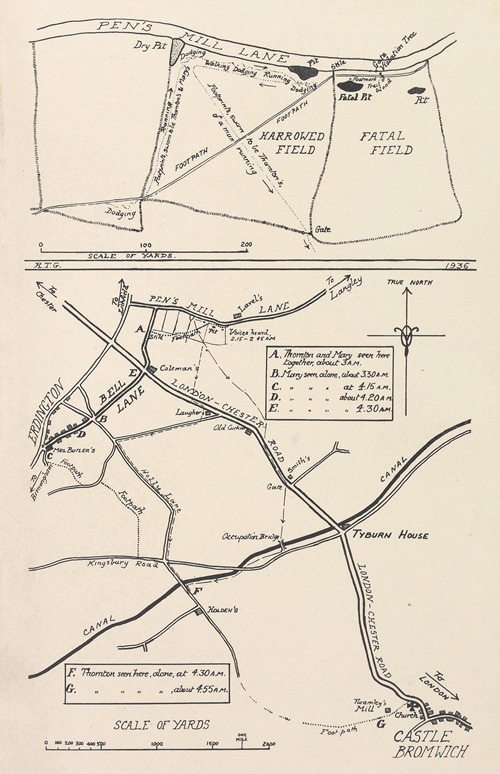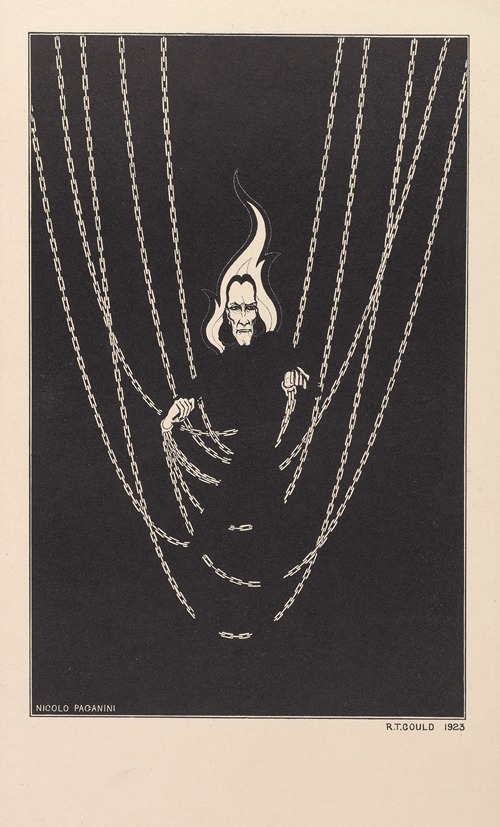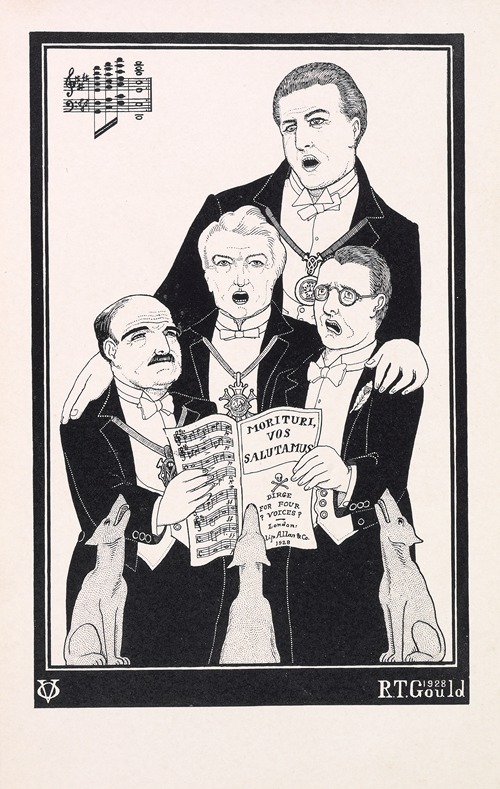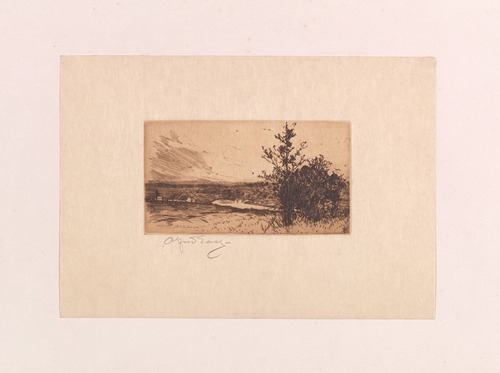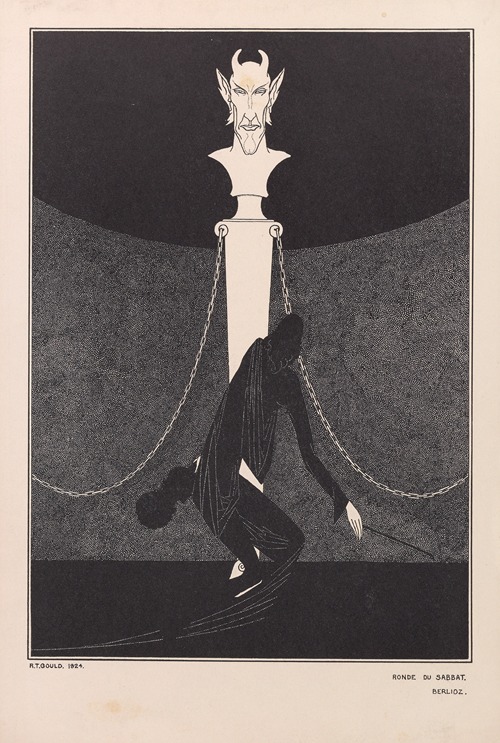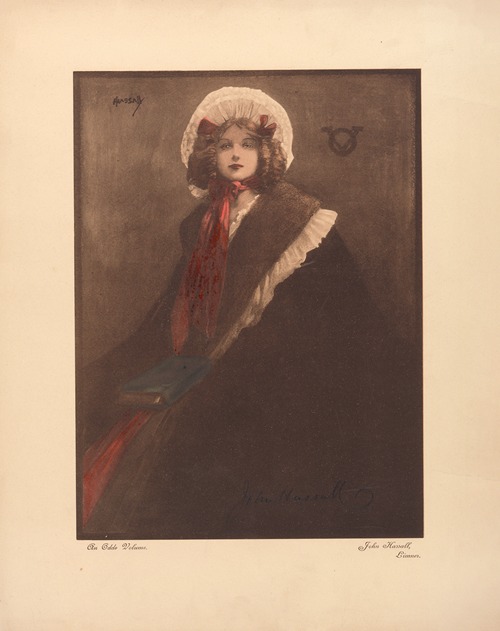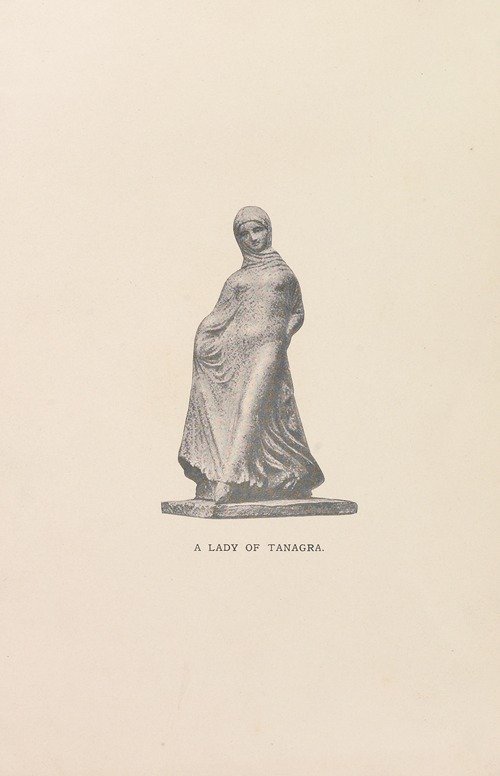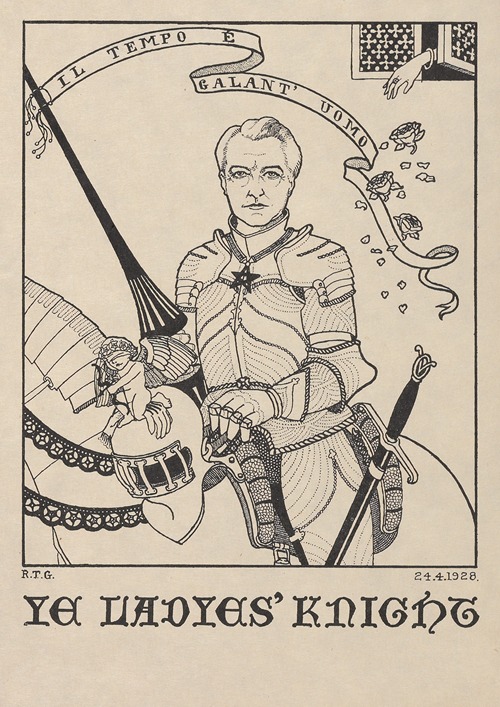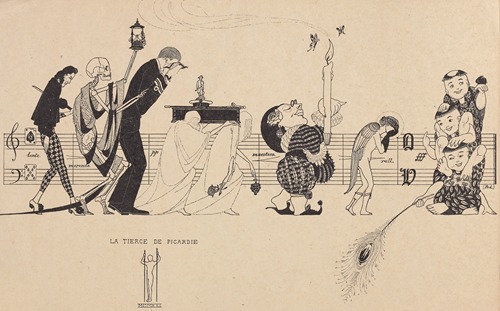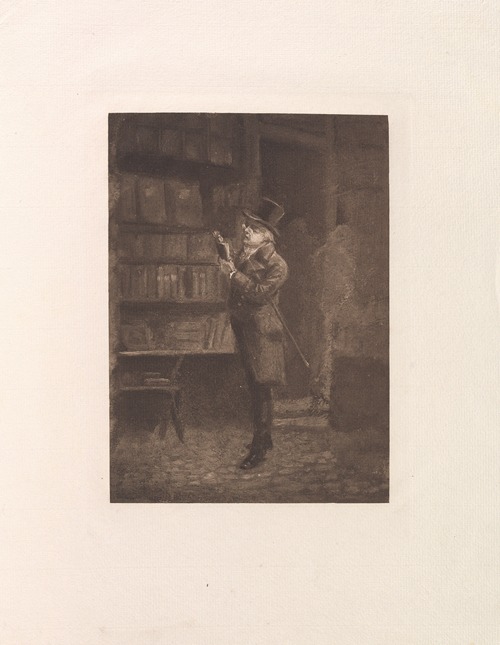
Carl Hentschel was a British artist, photographer, printmaker, inventor and businessperson. He developed techniques for printing illustrations, particularly the Hentschel Colourtype Process using three colours, which have been described as "revolutionising" newspaper illustration. He was the original of "Harris" in Jerome K. Jerome's Three Men in a Boat (1889).
Hentschel was born in Łódź, now in Poland, then part of the Russian Empire, on 27 March 1864. He was the son of August Hentschel, who was an engraver, and Olga.
The family emigrated to Britain when Carl was five. His obituary in The Times says that he "had some education at Eastbourne, where his father then had a paper collar factory". He was apprenticed to his father at 14. He wrote that "My first experience in producing illustrations was in assisting my father in photographing drawings on wood". His father had invented this technique, and later invented a process of printing on zinc, based on the Gillot process.
The speed of some of Hentschel's own early work was unusual; in 1900 he said "when I succeeded in turning out a block in twenty-four hours, it was specially noticed in the Press". He also describes the length of time allowed for some projects: "I can call to mind in 1879 having some very difficult old engravings to reproduce; they were for a book on Marie Antoinette, by Lord Ronald Gower, and it took the best part of a year to do what now could be done in a week".
Hentschel was the inventor of the colour type process named after him; The Times wrote that he "made the first process block, which brought about a revolution in newspaper illustration". He established his company, Carl Hentschel Co., in 1887. In 1899 he founded a second one, Carl Hentschel Colourtype Company, which used a three-colour printing technique. The company printed Beatrix Potter's The Tale of Peter Rabbit using this technique in 1902.
Carl Hentschel Co. was described as "the leading firm engaged in line-process work in this country". The firm was located at 182-184 Fleet Street.
The poet and artist Isaac Rosenberg was apprenticed there in 1905. He was unhappy there; in 1909 he was working long hours, until 11pm, and earning 30 to 35 shillings a week, and was sacked in 1911.
Henschel's work included illustrations for Aubrey Beardsley and Oscar Wilde, notably Wilde's Salome (1894). The critic Nick Frankel has referred to "the triangle of friendship and collaboration between Hentschel, Wilde and Beardsley". Another important production was an illustrated book about the Slade School of Fine Art, published in 1907.
The Printing World noted in 1902 that "for two recent numbers of the Lady's Pictorial and one of the Lady Mr. Hentschel finished and delivered sixty-five large pages of reproduction from pen-and-ink drawings in three days - about the smartest bit of work ever done". The Sketch in 1906 said that the company "contracts to supply urgent engravings in A FEW HOURS from the delivery of the originals".
He has been described as "revolutionising the means of newspaper illustration" and "having done more than any one else in England to perfect line-block technology". His work is used in the 1895 book Modern Illustration, by Joseph Pennell.
In 1915, during the First World War, it was reported that the firm had lost business because people had assumed from its name that it was a German company.
As a photographer, Hentschel won a gold medal at the Paris Exhibition of 1900.
